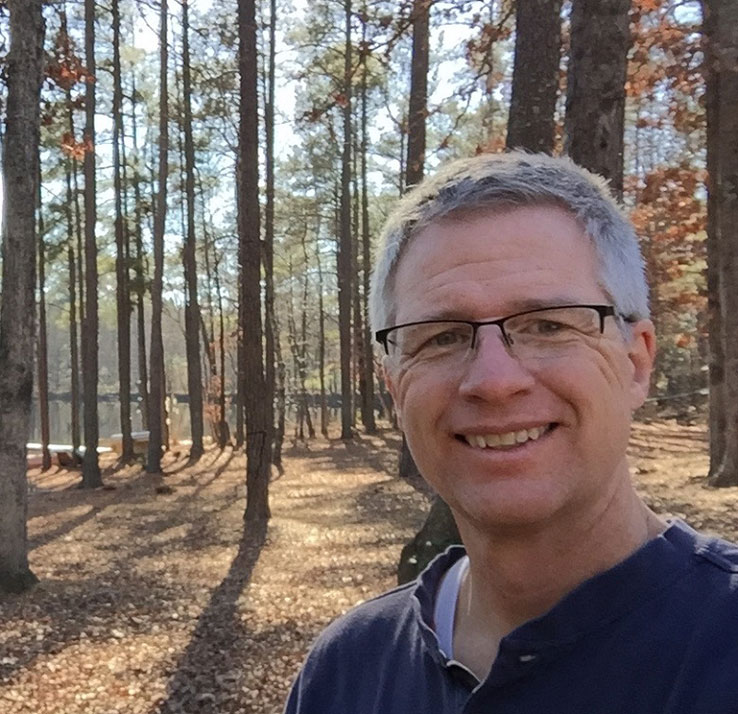
Glenn Morrison, PhD
About
Glenn Morrison, is a professor in Environmental Science and Engineering with a primary interest in chemical and transport phenomena in building environments. These phenomena help us understand, but also control, human exposure to chemicals and particles that are released or transformed indoors. Dr. Morrison has directed research projects and field studies of dermal uptake of indoor pollutants, ozone surface chemistry, building forensics, sensor development, pollutant movement in buildings, aerosol transport of SVOCs, exposure implications of smog reactions with human surfaces and hair and related projects.
Glenn Morrison in the Gillings News
- Gillings faculty complete innovative Round 6, COVID-19 GILs
- Floor waxing could be an important source of PFAS contamination, with increased occupational health risks for workers
- Turpin and Morrison named to committees for National Academies of Sciences, Engineering, and Medicine
- NSF funds UNC scientists to explore potential COVID-19 aerosol transmission
- Gillings faculty urge World Health Organization to address potential airborne spread of COVID-19
Honors and Awards
Committee member and contributor to the National Academies of Sciences Engineering and Medicine report Why Indoor Chemistry Matters.
2022, National Academies Press, Washington DC.
President
2014-2016, International Society of Indoor Air Quality and Climate (ISIAQ)
Outstanding Teaching Award
2016, Missouri University of Science & Technology
Outstanding Teaching Award of Excellence for Global Learning
2016, Missouri University of Science & Technology
Otto Mønsted Guest Professorship
2015-2016, Technical University of Denmark
Wilhelm Klauditz Fellowship
2015, Fraunhofer-WKI, Braunschweig, Germany
Fellow of the Academy
2011, ISIAQ
Career Award
2003, National Science Foundation
Research Activities
- Indoor Air Pollution
- Surface Chemistry
- Building Science
- Human Exposure
Key Publications
Reducing transdermal uptake of semi-volatile plasticizers from indoor environments: A clothing intervention. S Hammel, A Eftekari, CMA Eichler, C Liu, L Nylander-French, L Engel, K Lu, GC Morrison* (2023). In press Environmental Science & Technology.
Partitioning of reactive oxygen species from indoor surfaces to indoor aerosols. GC Morrison*, A Eftekhari, P Lakey, M Shiraiwa, B Cummings, M Waring, B Williams (2022). Environmental Systems: Processes & Impacts, 24(12), 2310-2323.
Continuous measurement of reactive oxygen species inside and outside of a residential house during summer. A Eftekhari, C Fortenberry, B Williams, M Walker, A Dang, A Pfaff, N Ercal, GC Morrison* (2021). Indoor Air, 31(4), 1199-1216..
Yields and variability of ozone reaction products from the skin of 20 participants. GC Morrison*, A Eftekhari, F Majluf, J Krechmer (2020). Environmental Science & Technology, 55(1), 179-187.
Role of clothing in both accelerating and impeding dermal absorption of airborne SVOCs. GC Morrison*, CJ Weschler, G Bekö, H Koch, T Salthammer, T Schripp, J Toftum, G Clausen (2016). Journal of Exposure Science and Environmental Epidemiology, 26(-), 113-118.
Accumulation of gas-phase methamphetamine on clothing, toy fabrics and skin oil. C Morrison*, NV Shakila, K Parker (2015). Indoor Air, 25(-), 405-414.
Role of aerosols in enhancing SVOC flux between air and indoor surfaces and its influence on exposure. C Liu, GC Morrison*, Y Zhang (2012). Atmospheric Environment, 55(-), 347-356.
Ozone-surface reactions in 5 homes: surface reaction probabilities, product yields and trends. H Wang, GC Morrison (2010). Indoor Air, 20(3), 224-234.
The influence of chemical interactions at the human surface on breathing zone levels of reactants and products. D Rim, A Novoselec, GC Morrison (2009). Indoor Air, 19(4), 324-334.
Education
- PhD, Environmental Engineering, University of California, Berkeley, 1999
- MS, Environmental Engineering, University of California at Berkeley, 1995
- BS, Chemical Engineering, University of California, San Diego, 1988
